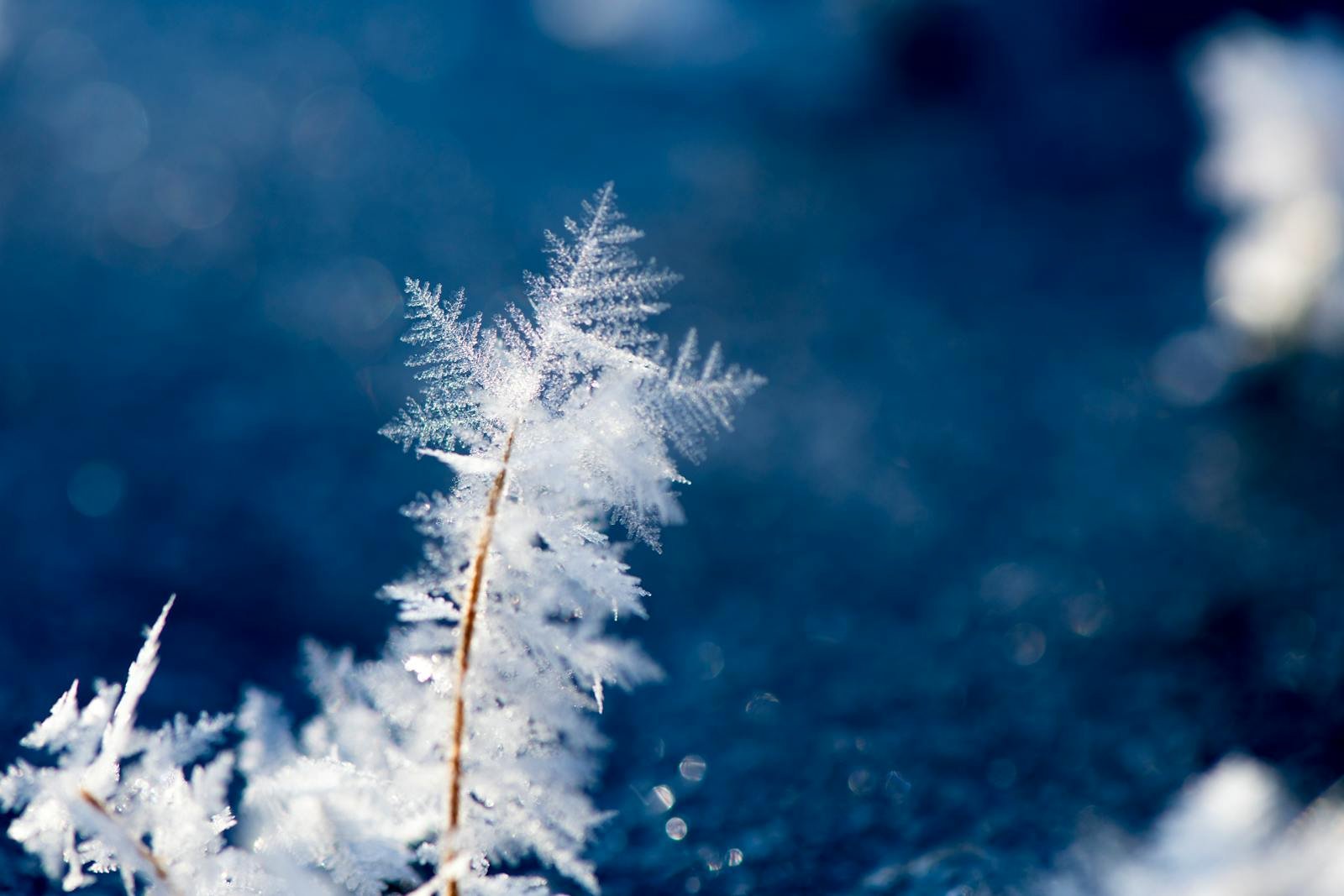
When the frost builds up in your KitchenAid freezer, it’s not just an inconvenience; it can also decrease the efficiency of your appliance and lead to higher energy costs. Defrosting your freezer is an essential part of its maintenance that ensures it runs smoothly and keeps your food preserved properly. In this step-by-step guide, we’ll walk you through how to defrost your KitchenAid freezer effectively, helping you maintain a well-functioning kitchen appliance.
Before we dive into the defrosting process, it’s crucial to understand why defrosting your freezer is necessary. Over time, ice can accumulate on the inside walls, coils, and containers of your freezer. This not only reduces the available space for food storage but also makes the freezer work harder to maintain the cold temperature, which could lead to a shortened life span of the appliance.
Choose a time when you can allow your freezer to be turned off for several hours. This could be overnight or during a day when you can monitor the process. It’s best to plan this when your freezer is not full.
Empty your freezer entirely. If you have a cooler or a secondary freezer, temporarily store your frozen goods there. Make sure to wrap the food in newspaper or towels for extra insulation.
You’ll need towels to soak up water, a spatula or plastic scraper to help remove frost, and a pan or shallow container to catch the water as the ice melts.
Safety first – always unplug your freezer before you begin defrosting. This prevents any risk of electric shock and turns off the cooling mechanism allowing the ice to melt.
Keep the freezer door open to allow room temperature air to circulate inside. This will speed up the defrosting process.
Place towels at the bottom of the freezer and on the floor in front of it. These will absorb the melting ice water and help prevent a mess.
Position a pan or shallow container to catch the water that drips from the freezer. Regularly check and empty it to prevent overflow.
If you want to speed up the defrosting, you can place a pot of hot water inside the freezer or use a fan to circulate warm air into the freezer. Never use sharp objects or heat guns as they can damage the freezer’s interior.
As the ice begins to melt, gently use a spatula or plastic scraper to remove the frost. Do not use metal tools or excessive force to avoid damaging the freezer walls.
Once all the ice is removed, take this opportunity to clean the inside of your freezer with a mild detergent or baking soda solution. Rinse with a damp cloth and dry thoroughly.
Plug your freezer back in and wait for it to reach its optimal temperature before restocking it with food. It may take a few hours for the temperature to stabilize.
Regularly check for signs of frost buildup and defrost your freezer as needed. This could be anywhere from every few months to once a year, depending on usage and humidity levels.
Ensure the door seals are clean and intact to keep cold air in and warm air out, which minimizes frost.
A full freezer maintains its temperature better and can reduce the rate of frost accumulation. Just make sure not to overfill it.
If you find defrosting to be too much of a hassle, consider investing in a frost-free KitchenAid freezer, which uses a fan to keep frost from building up.
